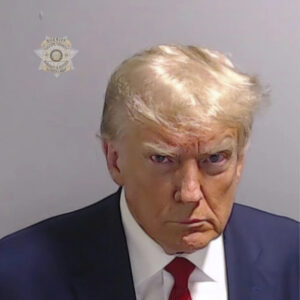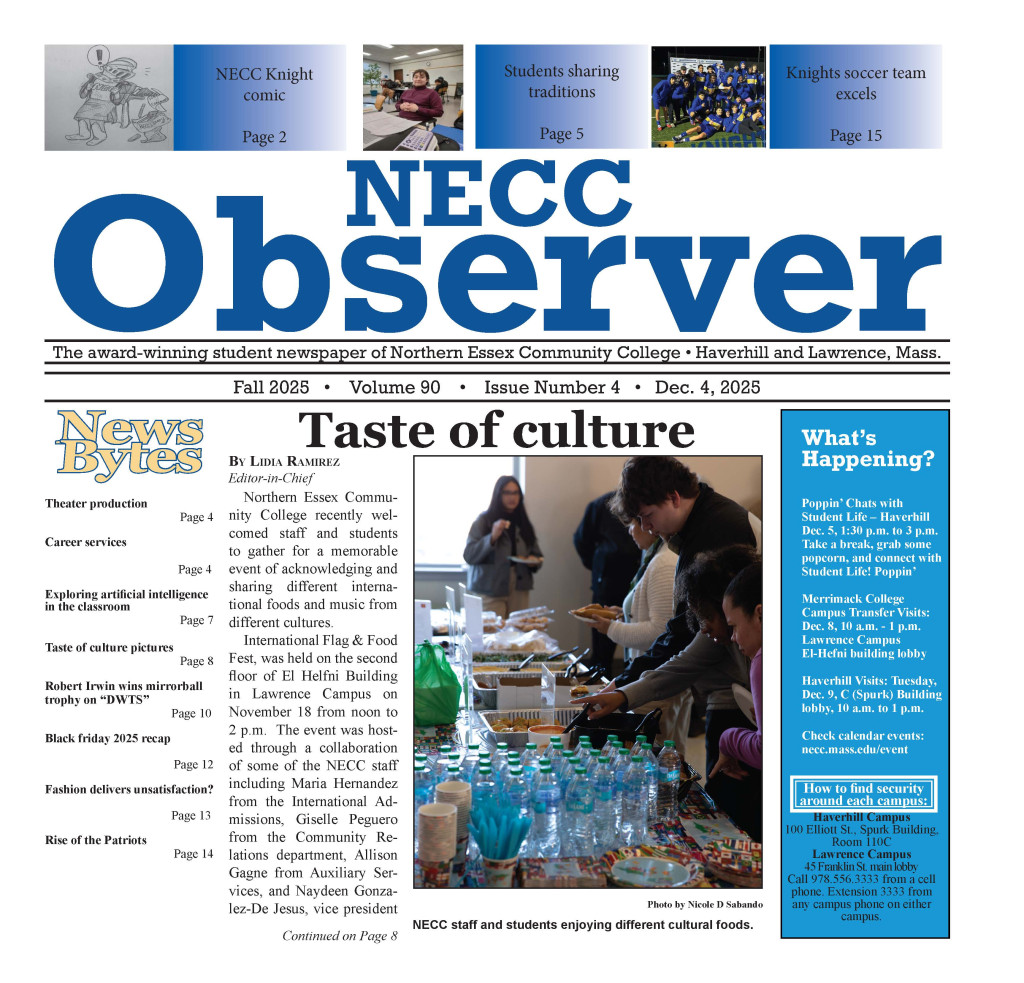Donald Trump, often compared to a cult leader, has garnered what can only be described as unconditional love from a significant portion of the American electorate, with 71% of likely Republican primary voters preferring his truths over those from their family, friends, conservative media, and even religious leaders. This unwavering support is further evidenced by his followers’ intense loyalty, which astonishingly leads many to act against both their own interests and those of their families, underscoring the depth of their allegiance..
This cult-like devotion isn’t without foundation; experts like Bethany Burum and authors such as Steven Hassan in “The Cult of Trump” provide thorough analyses of Trump’s persuasive methods, drawing parallels between his techniques and those employed by historical cult leaders. Trump has not only validated fundamentalist religious factions and white supremacists but also drawn them into his steadfast following, creating a faction internally divided yet externally united in unconditional love for their leader, a phenomenon not witnessed in America since the days of Lincoln.
The Origins of Trump’s Cult Following
The 2008 economic collapse combined with Barack Obama’s election set the stage for Donald Trump’s ascent in 2016, igniting social unrest and a desire for change among certain segments of the American populace.
Trump’s victory in the 2016 election was propelled by an unconventional coalition of white working-class and middle-class Americans, fueled by resentment and a sense of being overlooked and disrespected in their own country.
Cultivation of a Loyal Base:
Throughout his 2016 campaign and subsequent presidency, Trump deepened his connection with his supporters by establishing common adversaries, including Democrats, opposing Republicans, the press, the judiciary, the so-called ‘deep state’, and proponents of immigration.
This strategy not only solidified his base but also fostered an environment where 71% of likely Republican primary voters viewed him as the most truthful source over family, friends, conservative media, and even religious leaders. (Donald Trump lied to the public over 30,000 times during his four years as president.)
Creation of a Community and Identity:
The MAGA movement, driven by a desire for tribal identity, played a crucial role in Trump’s enduring popularity. It created a sense of community among his followers, who often overlooked negative aspects of his character, including sexual abuse allegations, in favor of the collective identity the movement provided.
Trump’s transformation of the Republican Party into a movement characterized by intolerance, xenophobia, and pseudo-populism over six decades has been instrumental in maintaining the loyalty of his base, even post-presidency.
Psychological Factors Behind the Fervent Loyalty
The fervent loyalty of Donald Trump’s followers is underpinned by a complex web of psychological factors and social dynamics:
Followers exhibit a remarkable level of blind faith, often denying inconvenient truths and adopting Trump’s authoritarian, fear-based view of reality. This allegiance is fortified by a belief in Trump’s divinity, with some supporters convinced he is chosen by God, further detaching them from factual reality.
To alleviate feelings of dissonance, shame, and embarrassment, Trump supporters employ various defense mechanisms: Denying the worst actions of Trump and portraying him as a ‘fighter’ for their cause. Catastrophizing the perceived threats from the left and attempting to portray Biden as more corrupt. Rationalizing their support by believing in the catastrophic consequences if Democrats gain power, viewing Trump’s presidency as an unqualified success despite evidence to the contrary.
Social Identity and Group Dynamics:
The loyalty can also be explained through social identity theory, where group members tend to favor leaders who they perceive as most like themselves. This is evident in Trump’s portrayal as ‘one of them’, understanding and respecting their struggles.
The QAnon conspiracy further binds supporters with a shared belief in Trump’s crusade against a supposed network of adversaries, with a significant portion of Republicans finding these theories plausible.
The Role of Media in Cultivating Trump’s Base
Twitter, now known as X as well as Truth Social, has emerged as a pivotal platform in shaping US political discourse, with Donald Trump leveraging it to connect directly with the public and journalists. This direct line of communication allowed Trump to circumvent traditional media channels, broadcasting messages that were often controversial or false, yet attention-grabbing. His approach, characterized as ‘big-seed marketing,’ aimed to create a viral effect by reaching a broad audience with provocative content.
Influence on Media Coverage:
A study focusing on Trump’s Twitter activity analyzed 98 articles from the top circulated newspapers, revealing themes such as Horserace Coverage and Media Coverage, indicating how Trump’s tweets potentially influenced journalistic narratives.
Impact on Public Trust:
Political party identification has significantly influenced trust in the news media, with Republicans showing greater skepticism (Fake News). This skepticism is linked directly to support for Trump, highlighting a polarized view of media credibility among highly engaged partisans.
The deregulation of media over decades culminated in the Telecommunications Act of 1996, which allowed for the consolidation of media outlets into a few hands, further enabling the proliferation of propaganda supporting Trump’s administration. This environment made it easier for Trump to use social media platforms like Twitter to shape media coverage to his advantage, bypassing traditional media gatekeeping mechanism.
Comparing Trump’s Following to Historical Cults:
Donald Trump’s approach to leadership and his interaction with followers bear striking resemblances to tactics used by historical cult leaders. This comparison is not made lightly but is drawn from observed behaviors and strategies that echo those of some of the most infamous figures in cult history.
Tactics Comparison:
Insulting Opponents: Much like Jim Jones and David Koresh, Trump has been known to insult and demean his opponents, a tactic aimed at solidifying an “us vs. them” mentality among his followers.
Deflecting Criticism: Similar to Ron Hubbard’s method with Scientology, Trump often deflects criticism, redirecting the focus away from himself and onto others, thereby avoiding accountability.
Distracting from Controversies: Sun Myung Moon and Trump share a penchant for creating distractions to shift attention away from controversies, a tactic that helps maintain a certain image in the eyes of their followers.
Steven Hassan, a leading expert on cults, underscores these parallels, suggesting that the psychological manipulation techniques employed by Trump are reminiscent of those used by Jim Jones, David Koresh, Ron Hubbard, and Sun Myung Moon. The comparison highlights not just the tactics but the underlying intent: to foster a sense of unwavering loyalty and devotion among followers, often at the expense of objective truth and rational discourse.
The Impact of Trump’s Following on American Politics
Donald Trump’s influence on American politics has been profound and multifaceted, reshaping the Republican Party and deepening partisan divides. His ability to maintain a strong hold over a significant portion of the GOP, despite legal troubles and controversial actions, speaks volumes about his impact.
Legal Troubles vs. Political Support:
Fear Among GOP Officials: Many elected officials within the GOP remain hesitant to oppose Trump, fearing backlash from his massive following.
Rallying Despite Indictments: Despite facing arraignment and indictments, Trump’s support among followers seems to strengthen, rather than wane.
Unwavering Endorsements: Trump continues to receive endorsements from Republican elected officials, underlining his significant influence within the party.
Autocratic Influence and Partisan Divides:
Comparison with Modern Autocrats: Trump’s autocratic tendencies and divisive rhetoric have drawn comparisons with modern autocrats, such as Vladimir Putin and Kim Jun Un, influencing the political landscape within the Republican Party.
Deepening Partisan Divides: Trump’s presidency exacerbated partisan and personal divides, with an average of 86% of Republicans approving of his handling of the job versus just 6% of Democrats.
Impact on Personal Relationships and Political Values: The intense divisions have even influenced personal relationships and widened the gulf over core political values, further polarizing the American public.
Cult Following’s Role:
Unwavering Loyalty: Trump’s followers exhibit unwavering loyalty, despite his ethical transgressions and moral depravity, contributing to increased political polarization and a hostile political discourse.
Increased Political Engagement: His followers have been highly motivated, leading to increased voter turnout and active participation in protests and advocacy, reflecting the deep-seated support within his base.
Throughout the discourse on Donald Trump’s profound influence on American politics and his parallel to historical cult leaders, it becomes evident that his unparalleled ability to command loyalty and shape the perceptions of his followers marks a significant and potentially lasting impact on the political landscape. The examination of the origins of his following, the psychological underpinnings of their fervor, and the role of media in amplifying his message underscore the complex web of factors that contribute to the unique phenomenon surrounding Trump. This multifaceted analysis not only sheds light on how Trump managed to maintain his grip on a significant portion of the GOP but also highlights the deeper societal and political ramifications of his leadership style.
The significance of Trump’s following extends beyond the immediate political arena, deeply affecting the social fabric and potentially altering the course of American politics for generations to come. As we reflect on the implications of this undying loyalty, the importance of further research and action to understand and possibly mitigate the divisive effects of such a polarizing figure becomes clear. Ultimately, the phenomenon of Trump’s cult-like following serves as a call to critically examine the dynamics of political leadership, media influence, and the psychology of group identity in shaping our democratic processes


